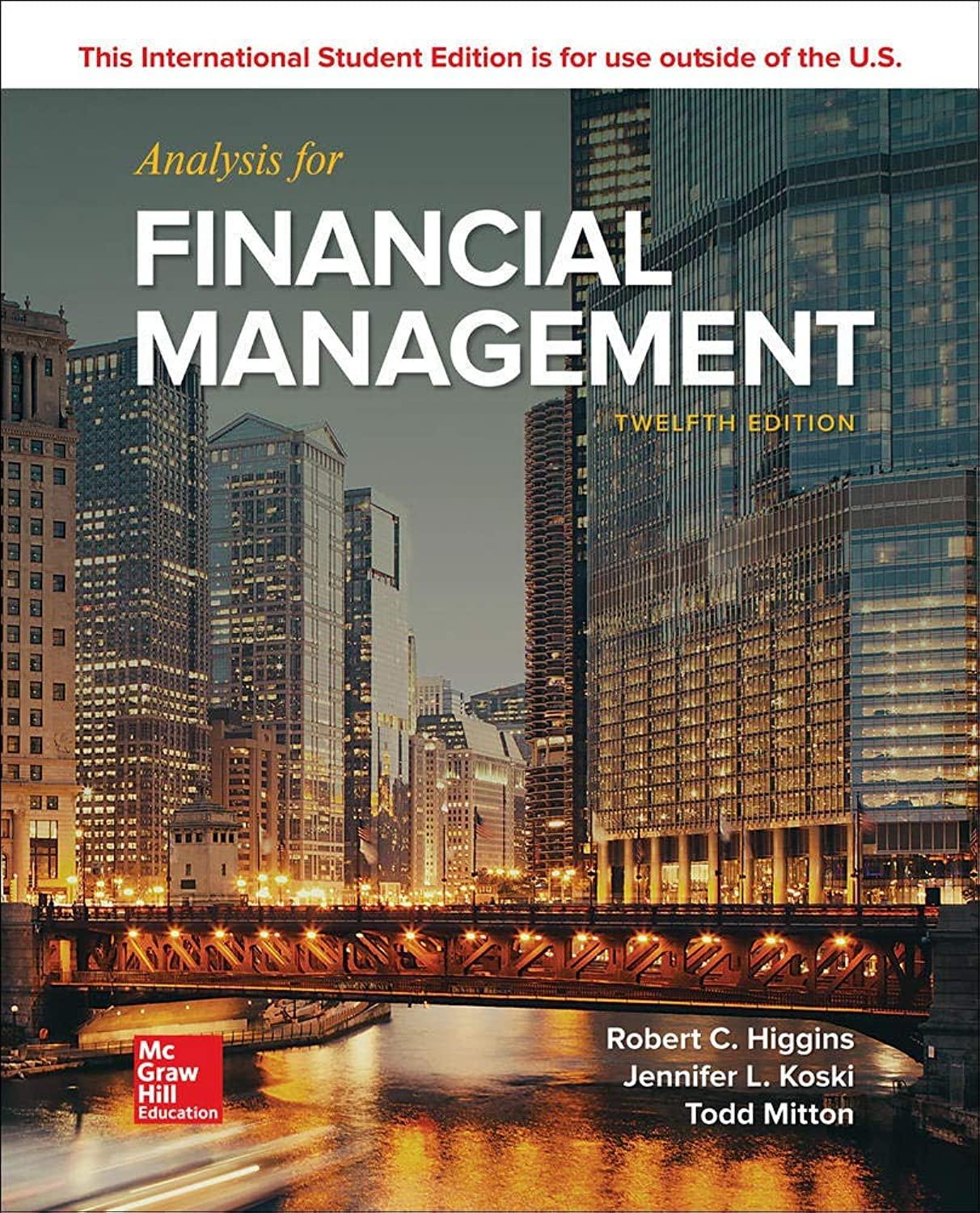| For question 1 I picked: Debt, 2 the cost of equity, 3 debt contracts have several different names, 4 the ratings are important to investors, unimportant to issuers, 6 a term structure graph is called the yield curve, 11 The interest rate on a new issue of callable bonds is likely to be equal to that on a similar new issue of noncallable bonds, 13 At $500 ($100 annual interest payments x 5 years to maturity), 18 Investors should not expect to "beat the market.", 22 Private contributions, 23 Answers (a), (b), and (c), 24 The most recent dividend, the expected dividend growth rate, the required rate of return on the stock, and the expected capital gains yield, 28 Charitable donations, 29 Debt financing allows more of a business's operating income to flow through to investors. 30 The trade-off theory tells us that businesses should use almost 100 percent debt financing, 32 The corporate cost of capital is used as the hurdle (discount) rate for all projects being evaluated in the organization, 33 The cost of debt is the interest rate set on debt financing, while the cost of equity is defined similarly; it is the rate of return required by equity investors, 37 9.6 percent. All of which I got wrong, despite expert help on here. Please help! |






